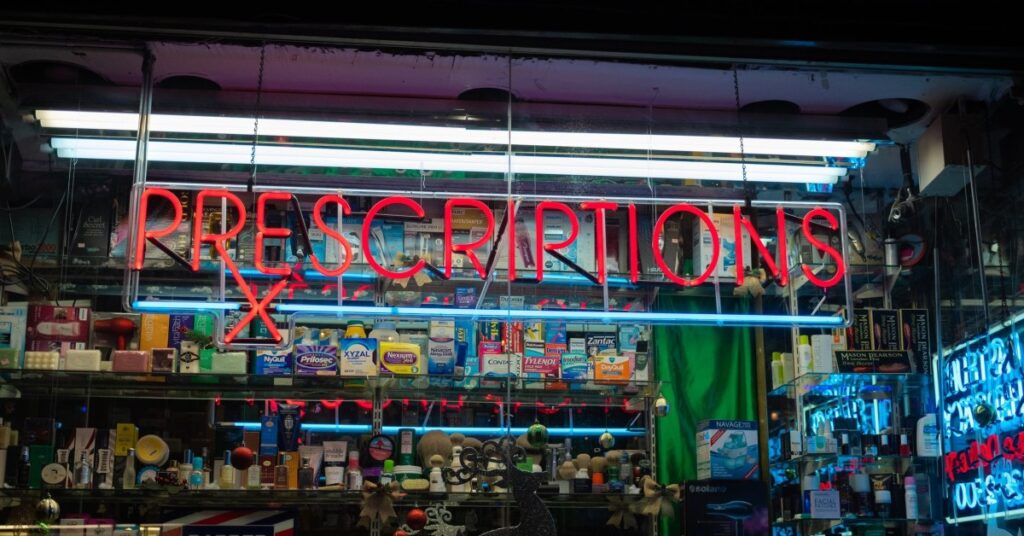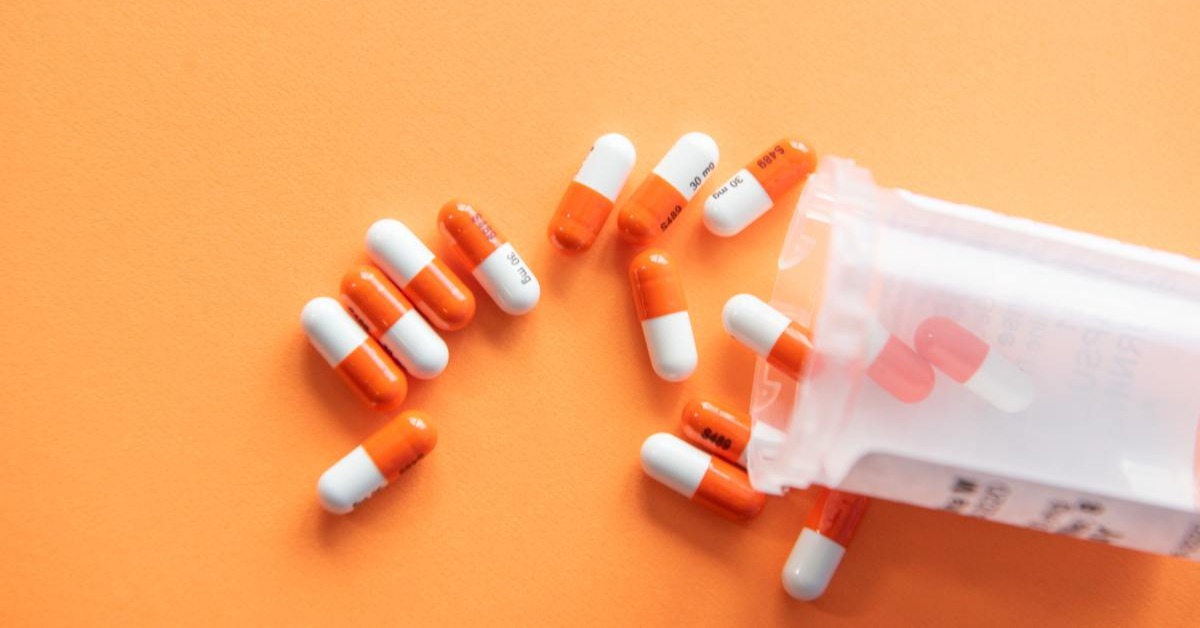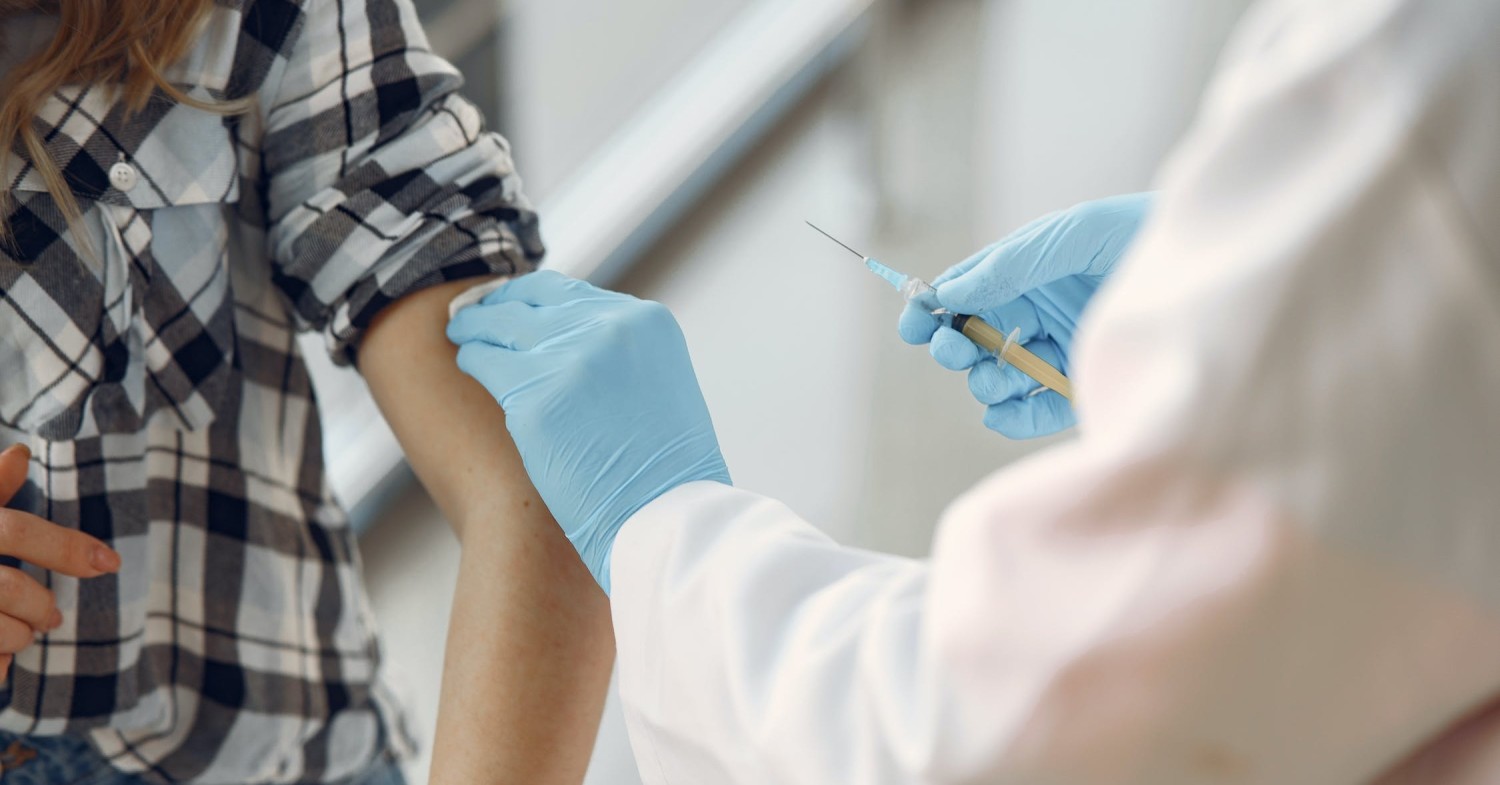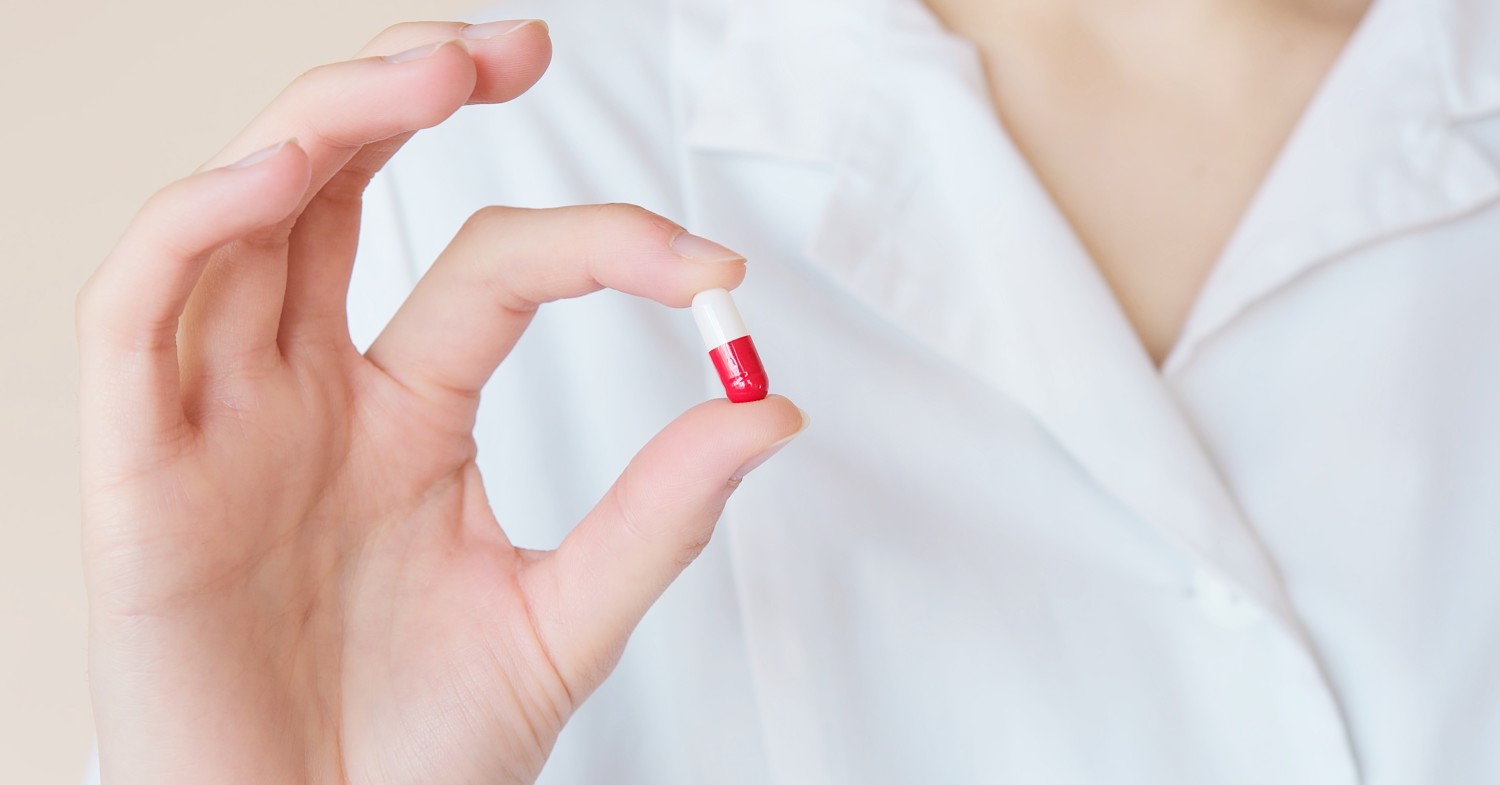
How to Become a Health Services Manager,and How Much $$$ You'll Earn Doing It.
On average, health services managers earn over $100,00 per year. [...]

The past two years have been trying one for pharmacists across the country. With shortages and burnout on the rise, the need for highly trained pharmacists with a Doctor of Pharmacy is growing.
Pharmacists are among the primary sources of healthcare in a community, even when there is no healthcare crisis. If you live in a small town, you likely know your pharmacist by name. No matter where you live, you may see your pharmacist more frequently than you see your general practitioner.
Community pharmacists dispense medications and answer questions about them, administer flu and shingles vaccinations, perform health screenings, and help patients sort out issues with insurance and prescription refills. Add a nationwide vaccine, booster, and viral medication rollout and it’s easy to understand why pharmacies are challenged in meeting demand.
Earning a Doctor of Pharmacy (PharmD) in these unprecedented times can help you impact the health of your community. And while working in a drugstore chain is still the most common post-graduation career path, it’s far from the only option.
Graduates can practice their pharmacy expertise in a range of specialized settings, including hospitals and long-term health facilities. They may also acquire additional expertise in areas like oncology, primary care, or ambulatory care. Many professionals work in pharmacology, academia, or in industry management positions.
So, what jobs can you get with a Doctor of Pharmacy degree? Let’s take a look at how a pharmacy education can unlock career options that are both lucrative and critical to today’s society. We’ll answer:
A Doctor of Pharmacy (PharmD) is the sole degree to qualify you for pharmacist licensure in the United States. In European countries, students complete an MPharm—a Master’s degree in Pharmacy—for the same pathway, but students in the US transition directly to a doctoral program.
The PharmD program typically includes four years of full-time rigorous coursework in patient care, biology and medicine, data science, and professional skills. Pharmacy students join a PharmD program after two to four years in an undergraduate setting to complete extensive prerequisite courses.
PharmD degree programs employ experiential education extensively, a feature that distinguishes them from many other graduate degrees. Students typically transition from the classroom to real-life pharmacy practice after just one year of study. Field placements allow them to explore their specialties and build connections with local health professionals years before graduation.
After completing the PharmD, aspiring pharmacists take the North American Pharmacist Licensure Examination (NAPLEX) and, in some states, additional tests for their license. They may complete an additional pharmacy residency to specialize further or start a fellowship if they’re eyeing a research and development role.
Working in a community pharmacy is, by far, the most common career path with a PharmD degree. As the American Association of Colleges of Pharmacy (AACP) reports, nearly half of all grads opt for a chain or mom-and-pop community pharmacy to dispense medications and build a relationship with their local community.
However, the skills earned in the highly interactive PharmD program prepare students for a range of career settings in and outside the traditional pharmacist role. Let’s take a look at the most common options and how much they pay.
Working in an independent or chain pharmacy like CVS is a popular choice for new pharmacists. These professionals interact directly with local patients to manage prescriptions, perform health screenings, and coordinate with doctors and insurance companies. Salary.com reports that these jobs pay approximately $97,000 and $123,000.
You’ll find a good deal of crossover between community and clinical pharmacists. However, clinical professionals often work in a larger team to manage medication therapies. They may specialize in managing chronic illness, adjusting dosages, and identifying side effects.
Clinical pharmacists may provide more extensive monitoring services to patients, such as bloodwork, counseling, and consultations. These professionals tend to make between $119,000 and $151,000.
Hospital pharmacy professionals coordinate the dispensing of medications throughout the ER, ICU, and for long-term patients. They may manage medication therapy for those in recovery and assist with the transition out of hospital care. Hospital pharmacists typically earn between $126,000 and $159,000.
PharmD graduates who enter pharmacology either work directly with a pharmaceutical company or in a government agency. Indeed states that pharmacologists make about $141,000 a year, with salaries reaching beyond $200,000 for more experienced pros.
If you glance at some of the concentration options and elective courses at today’s universities, you’ll see some of the highly specialized job options in pharmacy today. The University of Southern California, for example, highlights a few major pathways past graduates have taken. These include geriatric pharmacy, nuclear pharmacy, home healthcare, managed care, and in the area of pharmacoeconomics.
While pharmacy-related salaries vary, the US Bureau of Labor Statistics (BLS) places the average yearly salary at just under $129,000.
If you want to become a licensed pharmacist or work on the frontlines of research with a pharmaceutical company, you’ll need an advanced degree. The PharmD is one of the most popular pathways into the pharmaceutical industry, and the only degree that leads to pharmacist licensure in the US.
Many PharmD graduates also earn additional certifications that open up pathways in clinical pharmacy, government work, or as a professor. In other words, this is the gateway to many job opportunities.
The American Association of Colleges of Pharmacy notes that nearly half of PharmD students are 25 or under. Many applicants transition right from high school to either a bachelor’s degree or pre-pharmacy program. During the two to four years in the pre-professional setting, students must complete a demanding set of prerequisite courses—which we’ll touch on below—to qualify for the professional school of pharmacy.
Other professionals may transition into PharmD programs after spending time as a pharmacy technician or working elsewhere in the health system.
The professional portion of a PharmD program traditionally takes four years to complete; that’s after two to four years of completing prerequisite courses. After graduation, some students complete additional residencies and fellowships, depending on their career goals.
In addition to the traditional application materials—personal essay, letters of recommendation, transcripts—PharmD candidates must prove they’ve completed necessary coursework to be prepared for the professional program.
These courses usually include a mixture of biology, human anatomy, calculus, and statistics. Some schools will also only accept up to one grade in these classes under a C and may require that the courses were completed in the past five years.
Students transferring into a professional program from a different school must also complete the Pharmacy College Admissions Test (PCAT).
While experiential education is a part of many post-graduate programs, in a PharmD it’s mandatory. State licensure requirements dictate the level of required hands-on experience, but most programs offer extensive opportunities balanced with traditional coursework.
For example, Butler University breaks down its curriculum into three parts: the introductory pharmacy practice experience, their university core curriculum, and the advanced pharmacy practice experience. This last requirement occurs at the end of the program, immersing students into full-time entry-level pharmaceutical work with an experienced healthcare team.
Coursework dives deeper into the topics covered in pre-professional coursework. Students learn about clinical biochemistry, the ethics of prescribing medication, drug interactions, immunizations, genetics, and more.
Specialization plays a large role in customizing your education in a PharmD program, either through electives, unique residency programs, or a dual degree option. Some students opt to take electives and complete training related to areas such as geriatric pharmacy, regulatory practices, or clinical pharmacy. Many universities—such as Rutgers University—also offer dual degrees in medicine, public health, or healthcare administration.
One place to start your search for the pharmacy program that is best-suited to your career goals is US News and World Report. Here are three schools that fall within this year’s highest-ranked pharmacy programs.
UNC Chapel Hill boasts a list of impressive stats that sent it to the top of the rankings for a PharmD education. The school ranks high for its residency match rate: 94 percent of students pass the NAPLEX exam, and 88v receive their first or second choice position after graduation. Over 80 percent of graduates go on to complete additional training for specialized roles.
For the past decade, more than 90 percent of students at UC San Francisco—and in some cases, as many as 99 percent—successfully completed the program, and the vast majority went on to their chosen residency match. In 2020, every student successfully passed the NAPLEX exam, far higher than the national average. The university offers an extensive intern and graduate placement process as well.
UM at Ann Arbor highlights its low student-to-faculty ratio and access to top research projects among the program’s highlights. Its large and active network of alumni connects UM graduates with job and residency opportunities as well as to projects, making a direct impact on today’s public health.
Full-time, in-person Doctor of Pharmacy programs are still the most common format today, but we’re starting to see more and more online and hybrid options across the country. Butler University recently received accreditation approval for an online format with the option to transition to an on-campus format down the line. The program launches in the fall of 2022.
In most cases, students in online programs have the opportunity to complete the majority—if not all—of their coursework in an asynchronous or synchronous format from home. Programs still require students to complete a hands-on component either on campus or in a local healthcare setting approved by the school.
Questions or feedback? Email editor@noodle.com

On average, health services managers earn over $100,00 per year. [...]

Becoming a pharmacist requires a good deal of schooling: a [...]

Women in leadership are particularly susceptible to imposter syndrome, the [...]

The highest paying pharmacists jobs are in-store pharmacist (average salary: [...]

To become a pharmacist, you need to earn a Doctor [...]
Categorized as: Medicine, Nursing & Healthcare